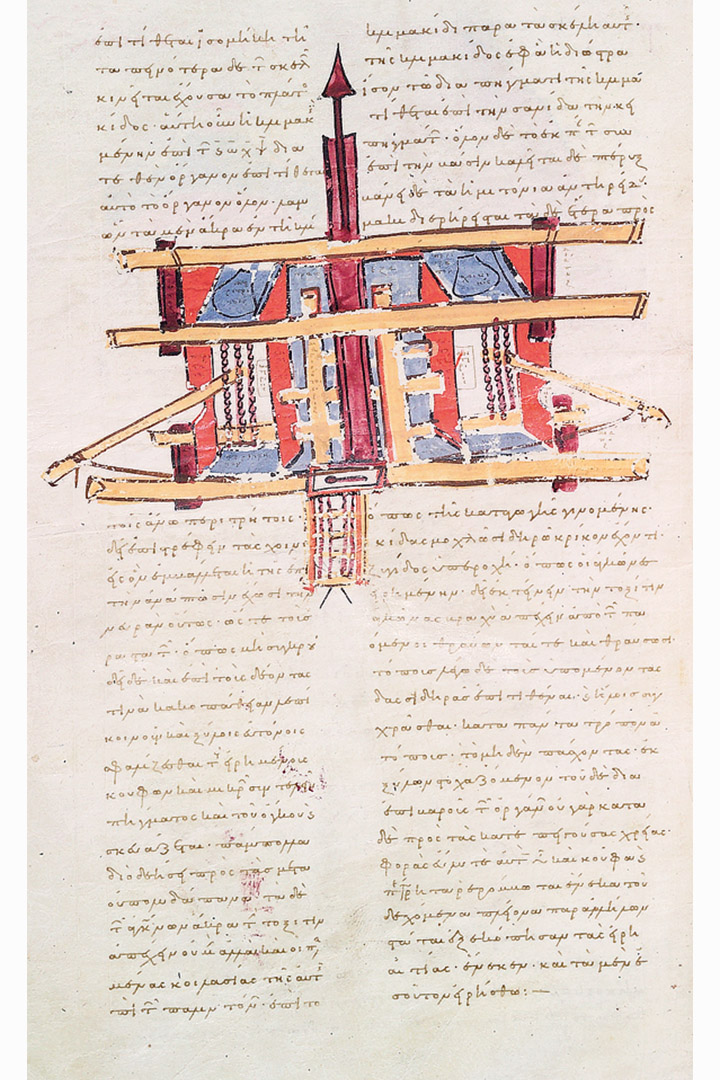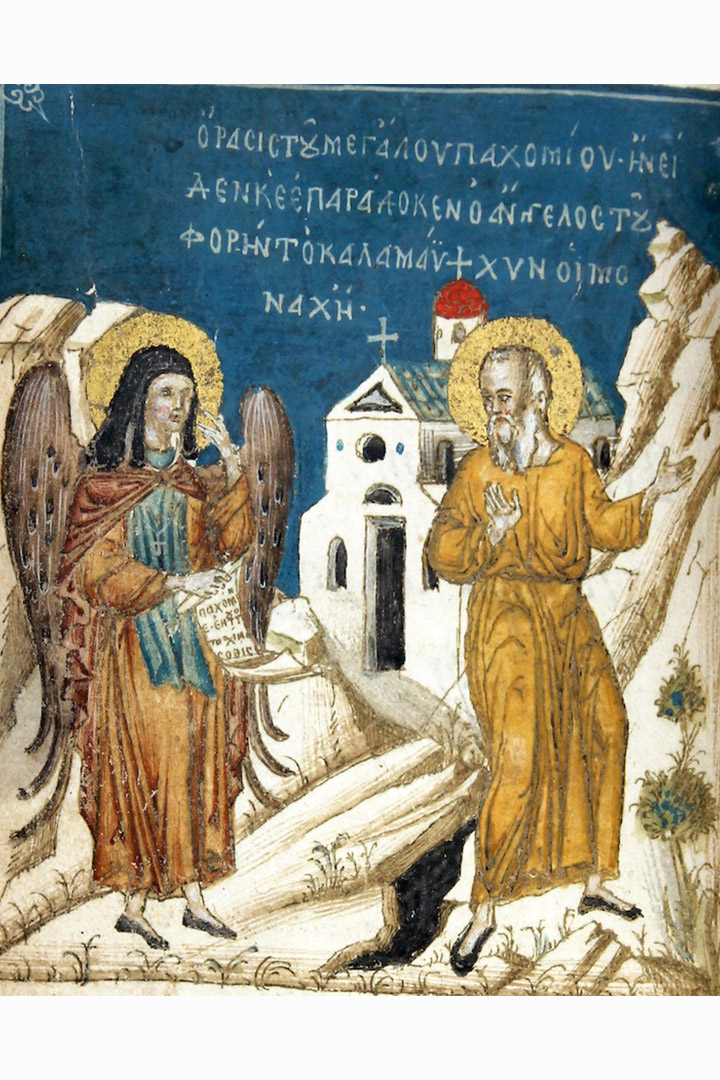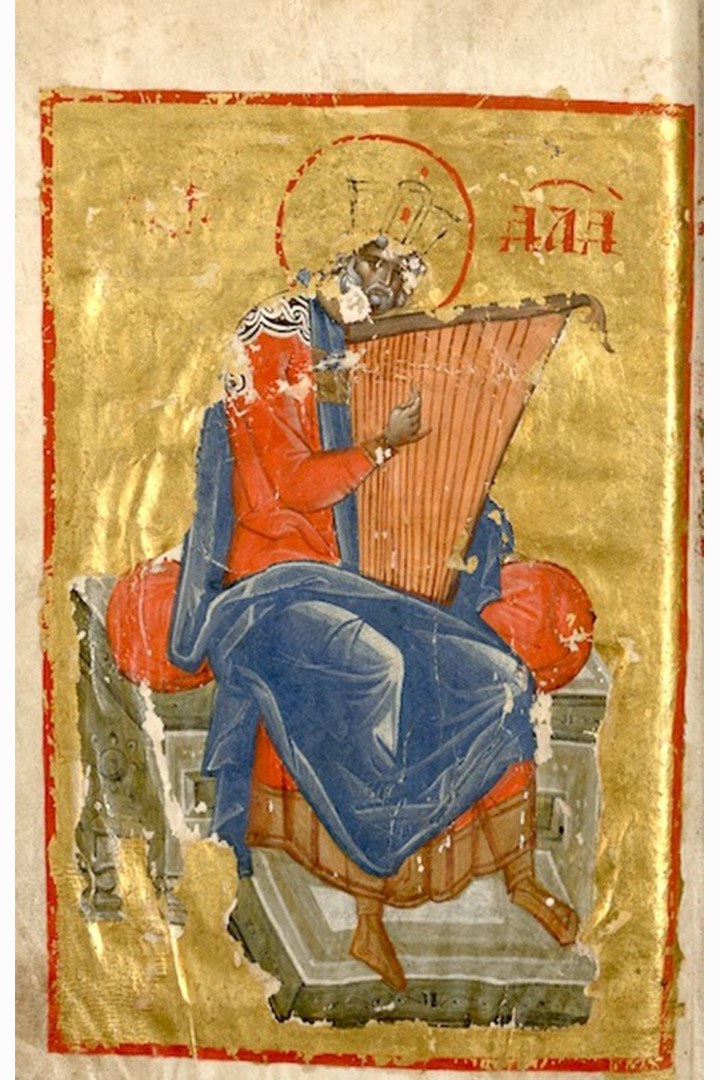Byzantine Illuminated Manuscripts in Spain:
Artworks, Context and Materiality
MABILUS (MICINN-PID2020-120067GB-I00)
The Research Project MABILUS aims to study the precious, varied and largely unknown heritage of Byzantine Illuminated Illumination in Spain, from an essentially art-historical perspective and employing an interdisciplinary approach (Philology, Palaeography, Iconography, History of Techniques; History of Collecting).
The objects of enquiry date from the Byzantine period (to 1453), or immediately afterwards (to 1550). The majority are preserved in the Biblioteca Nacional de Madrid and the Real Biblioteca de El Escorial, with some examples in the Biblioteca Universitaria de Salamanca.
Among them, the Skylitzes Matritensis, the Akathistos Escurialensis, and the Dioscorides Salmantiensis, which are highlighted by their extensive cycle of images.






The chronological and thematic variety of these manuscripts as well as their different geographical origin provide a unique possibility for research: to deal with most of the great topics of the Byzantine illumination and even open pioneering and ambitious perspectives of study.
- First, there will be carried out, with the support of the Instituto del Patrimonio Cultural de España (IPCE), an analysis of the pictorial technique and materiality of a selected group of these manuscripts.
- Second, issues regarding the relation text/image, the geography of the Byzantine artistic production in the Mediterranean (centre/periphery), and topics such as patronage and audience will be addressed.
- Third, the analysis of gender and cross-cultural issues will allow us for a better understanding of the manuscripts carried out in Sicily and in the Palaiologan Constantinople.
This will help to foster Byzantine studies in our country and place Spain in the forefront of the research on Byzantine manuscript Illumination.
